
SEO
Table of Contents
The Ultimate Guide to App Store Optimization (ASO) 🚀📱🌟
Hey there, app developers and marketers! 👋 Musah here from RM Digital, and today we’re diving deep into the wild and wonderful world of App Store Optimization (ASO). 🌎📲
Now, let me tell you a little secret… ASO is like the secret sauce 🥫 that can take your app from zero to hero in the app store rankings. 🏆 And trust me, as someone who’s been in the mobile app game for years, I’ve seen firsthand how a solid ASO strategy can make all the difference.
So, whether you’re a seasoned app developer or just getting started, buckle up and get ready to learn everything you need to know about ASO! 🚀
🤔 What is App Store Optimization (ASO)?
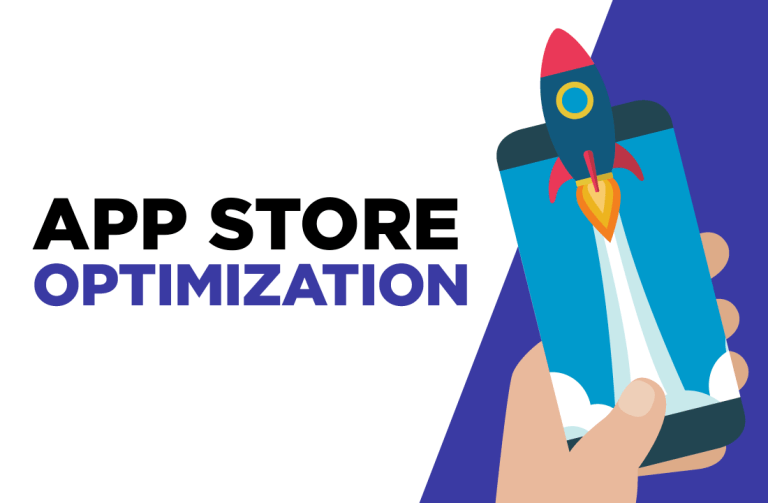
First things first, let’s define what we’re talking about here. App Store Optimization (ASO) is the process of optimizing mobile apps to rank higher in an app store’s search results. 📈 The higher your app ranks, the more visible it is to potential users, and the more likely they are to download it. 📥
Think of ASO as the SEO (Search Engine Optimization) of the mobile app world. Just like how you optimize your website to rank higher on Google, you optimize your app to rank higher on the App Store or Google Play Store.
🎯 The Goal of ASO
The main goal of ASO is to drive more traffic to your app’s page in the app store, increasing your app’s visibility and discoverability. 🔍📲 By optimizing various factors like your app’s title, description, keywords, icons, screenshots, and ratings/reviews, you can improve your app’s search ranking and ultimately drive more organic downloads. 📈
📊 Why ASO Matters
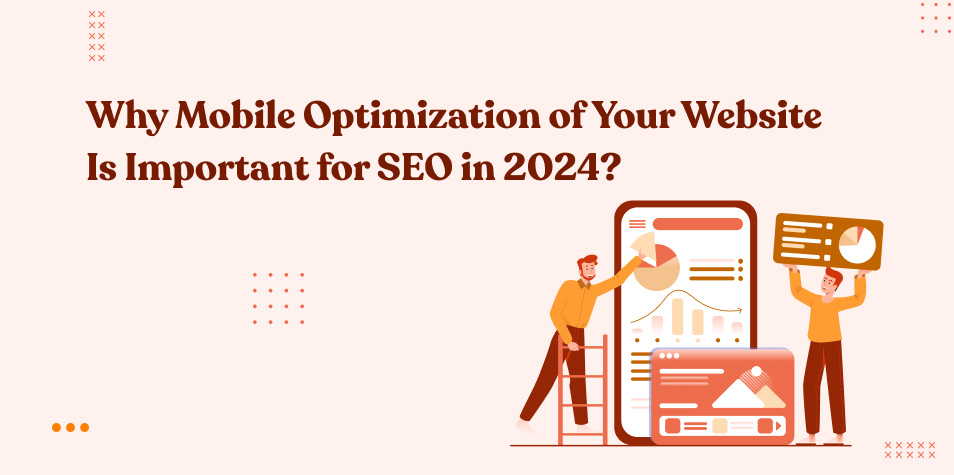
Now, you might be thinking, “Musah, I already have a killer app. Why should I care about ASO?” Well, my friend, let me hit you with some stats that’ll blow your mind! 🤯
- 🌍 There are over 5 million apps available in the leading app stores.
- 🔍 63% of apps are discovered through app store searches.
- 📈 Optimizing for ASO can increase app downloads by up to 1478% (source: Asolytics).
- 💰 The average user spends around 7 minutes browsing the app store before making a download decision (source: AppTweak).
With numbers like that, it’s clear that ASO is essential for any app developer or marketer looking to stand out in the crowded app market. 📱🌟
🛠️ Key Elements of App Store Optimization

Alright, now that we’re on the same page about the importance of ASO, let’s break down the key elements you need to focus on to optimize your app for success. 💪
📝 App Title & Subtitle
Your app’s title and subtitle are the first things users see when they come across your app in the store. They are like the headline and subheadline of a news article, designed to grab attention and entice users to learn more. 🗞️
When crafting your app title, keep it short, sweet, and keyword-rich. Aim for a title that’s under 30 characters, and include your primary keyword if possible.
For example, let’s say you have a task management app called “TodoList”. You could optimize your title by including a relevant keyword like “todo list” or “task manager.
😄 Good example: “TodoList: Simple Task Manager” 😕 Bad example: “An app that helps you manage your tasks and stay organized”
As for your subtitle, use it to expand on your title and highlight your app’s unique value proposition. Keep it under 30 characters as well.
| Element | Optimal Length | Key Tip |
|---|---|---|
| App Title | 30 characters or less | Include primary keyword |
| Subtitle | 30 characters or less | Highlight unique value prop |
🔑 Keywords
Next up, let’s talk about keywords. In the world of ASO, keywords are king! 👑 These are the words and phrases that users type into the app store search bar to find apps like yours.
To choose the right keywords for your app, start by brainstorming words and phrases that describe your app’s core features and functionalities. Then, use a keyword research tool like App Annie or Sensor Tower to validate your keywords and find new keyword ideas.
When selecting keywords, focus on relevance, search volume, and competition level:
- Relevance 🎯: Choose keywords that accurately describe your app and its features.
- Search Volume 📈: Aim for keywords with high search volume, indicating that lots of users are searching for those terms.
- Competition 💪: Look for keywords with low to medium competition, giving you a better chance of ranking high.
Once you’ve selected your target keywords, incorporate them naturally into your app title, subtitle, and description. But beware of keyword stuffing! 🙅♀️ Overusing keywords can actually hurt your rankings and come across as spammy to users.
📱 App Icon & Screenshots
Your app icon and screenshots are your app’s visual calling card in the app store. They can make or break a user’s decision to download your app, so it’s crucial to get them right! 🖼️
When designing your app icon, keep it simple, clear, and eye-catching. Use bold colors and unique shapes to make it stand out on the app store shelf. And most importantly, make sure it communicates your app’s core value or function at a glance.
| Element | Key Tips |
|---|---|
| App Icon | – Use bold colors and unique shapes – Keep it simple and clear – Communicate app’s core value |
| Screenshots | – Showcase app’s best features – Use clear, concise captions – Highlight unique value prop – Localize for different markets |
As for screenshots, these are your chance to showcase your app’s best features and functionalities. Choose screenshots that highlight your app’s unique value proposition and key benefits. Use clear, concise captions to explain what users are looking at, and consider localizing your screenshots for different markets.
For example, check out how the language learning app Duolingo uses colorful, engaging screenshots with clear captions to showcase its fun and effective learning experience:
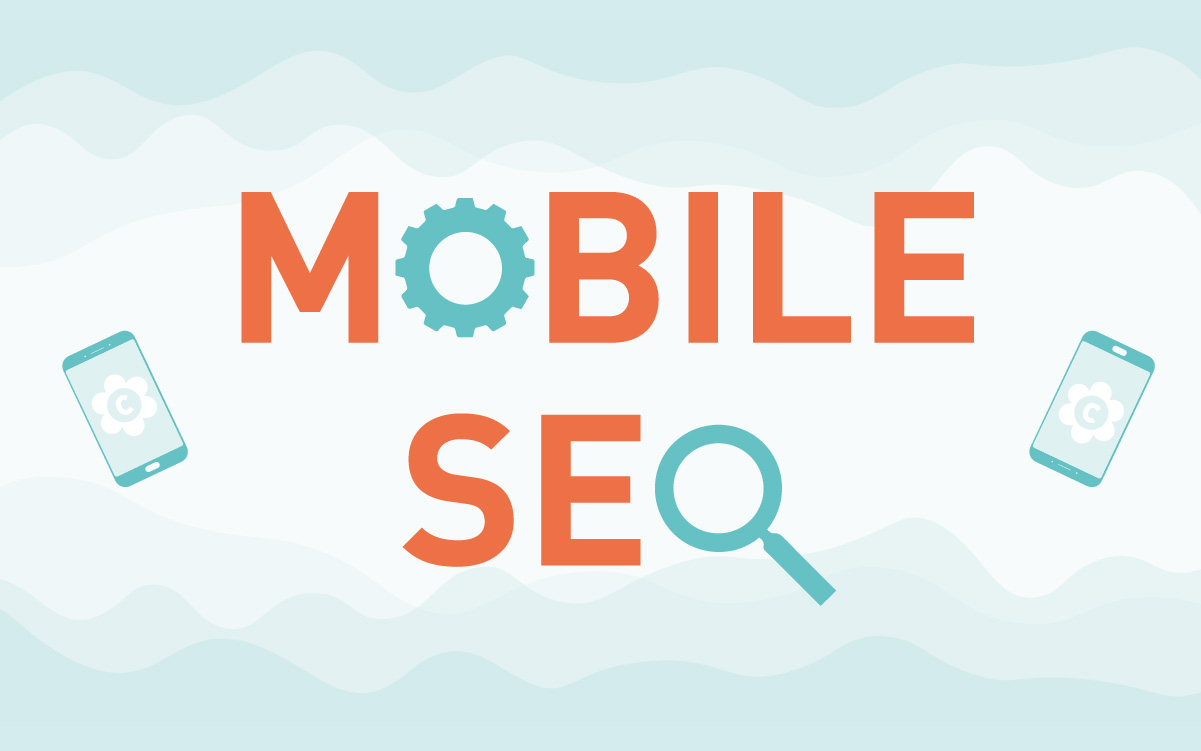
📜 App Description
Your app description is your chance to really sell your app to potential users. This is where you can go into detail about your app’s features, benefits, and unique value proposition.
When writing your app description, focus on both the features and the benefits of your app. In other words, don’t just list what your app does, but explain how it can help users and make their lives better. Use persuasive, emotional language and storytelling to really drive home your app’s value.
For example, instead of simply saying “Our app helps you learn a new language,” you could say:
“Embarking on the journey of learning a new language can be daunting, but with our app by your side, you’ll be speaking like a local in no time! Our bite-sized lessons, interactive exercises, and personalized feedback make language learning fun, easy, and effective. Whether you’re preparing for a trip abroad, looking to boost your career prospects, or simply want to expand your horizons, our app is the perfect companion on your language learning adventure.”
Notice how this description not only highlights the app’s features, but also paints a picture of how it can benefit the user and enrich their life.
When formatting your description, use short paragraphs, bullet points, and plenty of white space to make it easy to read on mobile devices. And don’t forget to incorporate your target keywords naturally throughout!
⭐ Ratings & Reviews
Ratings and reviews are the social proof of the app world. They provide valuable feedback from real users and can strongly influence whether or not someone decides to download your app.
Encourage happy users to leave positive ratings and reviews for your app. You can do this by:
- Prompting users to rate/review your app after a positive experience (like completing a level or achieving a goal)
- Responding to all reviews, both positive and negative, to show that you value user feedback
- Using customer feedback to continuously improve your app and address any pain points
| Element | Key Tips |
|---|---|
| Ratings & Reviews | – Prompt users to rate/review after positive experience – Respond to all reviews, positive and negative – Use feedback to improve app |
The more positive ratings and reviews your app has, the higher it will rank in search results, and the more likely users will be to download it. Plus, positive reviews can even be featured in your app’s description or promotional materials!
🏆 Best Practices for ASO Success

Now that we’ve covered the key elements of ASO, let’s dive into some best practices for app store success:
🌍 Localize for Global Markets
If your app is available in multiple countries or languages, it’s essential to localize your ASO for different markets. This means:
- Translating your app title, subtitle, description, and keywords into the local language
- Using localized screenshots and videos that resonate with the local culture and user preferences
- Considering local trends, holidays, and events when planning your ASO strategy
By tailoring your ASO to specific markets, you can increase your app’s appeal and relevance to local users and improve your chances of ranking high in those markets.
📈 Track, Measure, and Iterate
ASO is an ongoing process, not a one-and-done task. To continually improve your app’s performance in the app store, it’s crucial to track, measure, and iterate on your ASO strategy over time.
Use tools like App Annie or Sensor Tower to track your app’s rankings, downloads, and revenue. Monitor your app’s ratings and reviews to identify areas for improvement. And regularly update your app’s title, keywords, and creative assets to stay fresh and relevant.
By consistently tracking your performance and making data-driven optimizations, you can ensure that your app stays ahead of the competition and continues to grow its user base.
👩👩👧👦 Know Your Target Audience
At the end of the day, ASO is all about connecting with your target audience and convincing them to download your app. To do that effectively, you need to have a deep understanding of who your ideal users are, what they need, and what motivates them.
Conduct user research and create buyer personas for your app. Understand the language they use, the pain points they face, and the benefits they’re looking for. Then, incorporate those insights into your ASO strategy, from your keywords to your creative assets.
The better you know your target audience, the more effectively you can optimize your app to appeal to them and stand out in the app store.
📊 Real-World ASO Case Studies
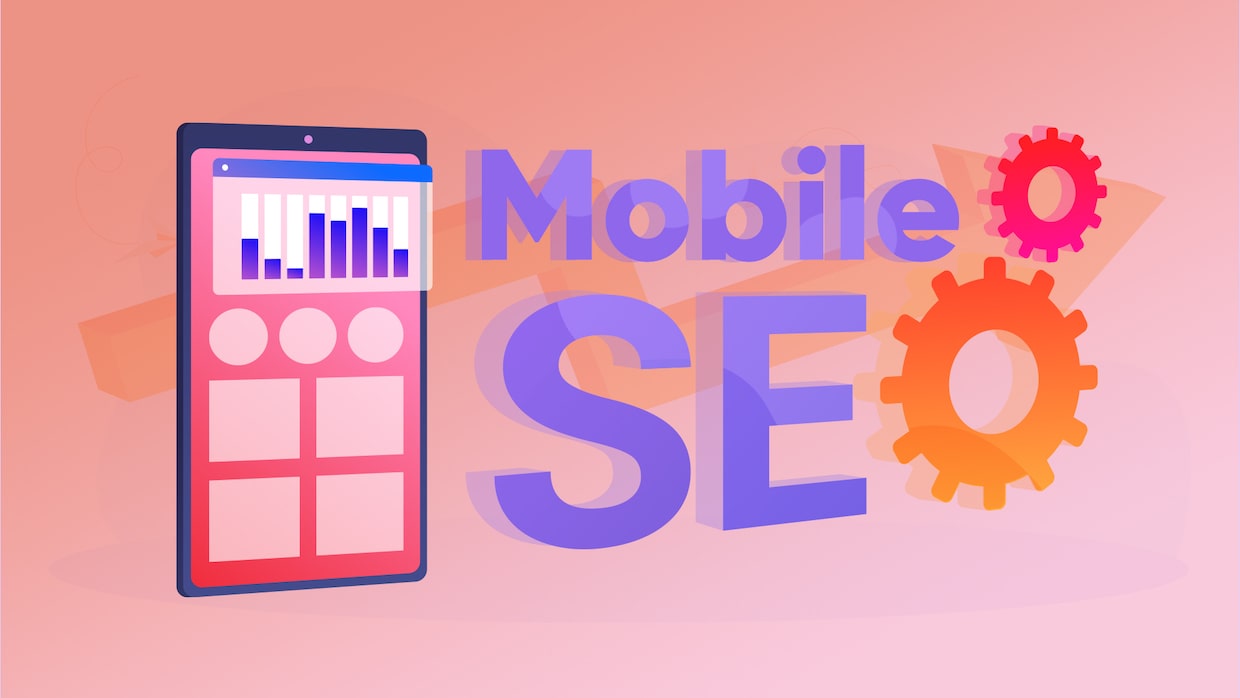
Need some real-world inspiration for your own ASO strategy? Check out these case studies of apps that have successfully optimized for the app store and seen incredible results:
🏋️ Case Study: Home Workout – No Equipment
- App: Home Workout – No Equipment
- Category: Health & Fitness
- ASO Strategy: Optimized title and keywords for high-volume, low-competition terms related to home workouts and no equipment exercises. Used eye-catching, colorful screenshots and videos showcasing the app’s exercises and results.
- Results: Increased downloads by 500% and revenue by 400% in just 6 months. Ranked #1 for key terms like “home workout” and “no equipment”.
What we can learn from this case study:
- Focus on high-volume, low-competition keywords
- Use visuals to showcase your app’s features and benefits
- Continuously optimize and iterate on your ASO strategy
🍳 Case Study: Tasty
- App: Tasty
- Category: Food & Drink
- ASO Strategy: Localized app title, keywords, and creative assets for key markets like the US, UK, and Australia. Used mouth-watering food images and videos in screenshots and app preview. Leveraged strong brand recognition and social proof from Buzzfeed.
- Results: Ranked in the top 10 for key terms like “recipes” and “cooking” in multiple countries. Increased downloads by 200% in localized markets.
What we can learn from this case study:
- Localize your ASO for key markets
- Leverage your brand recognition and social proof
- Use visually appealing creative assets to entice users
These are just a couple of examples of how effective ASO can drive real, measurable results for your app. By applying these best practices and continually iterating on your strategy, you too can achieve app store success! 🏆📈
🙌 Key Takeaways & Next Steps
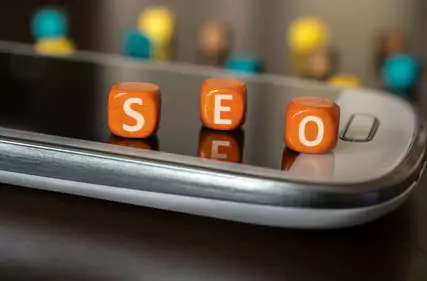
Congratulations, you made it to the end of this ultimate guide to App Store Optimization! 🎉 Let’s recap some of the key takeaways:
- ASO is the process of optimizing your mobile app to rank higher in app store search results and drive more organic downloads. 📈
- The key elements of ASO include your app title, subtitle, keywords, icon, screenshots, description, and ratings/reviews. 🗝️
- To succeed with ASO, focus on choosing relevant, high-volume keywords, creating visually appealing creative assets, writing persuasive descriptions, and leveraging ratings/reviews. 🏆
- Localize your ASO for global markets, track and measure your performance, and continually iterate on your strategy. 🌍📊
- Real-world case studies show the incredible impact that effective ASO can have on app downloads and revenue. 📱💰
Now that you’re armed with this knowledge, it’s time to put it into action! Here are some next steps to get started with optimizing your app for the app store:
- Conduct keyword research to identify high-volume, relevant terms for your app. 🔍
- Update your app title, subtitle, and description with your target keywords. ✍️
- Design eye-catching, on-brand icons and screenshots that showcase your app’s features and benefits. 🎨
- Encourage ratings and reviews from happy users, and respond to all feedback. ⭐
- Track your app’s performance and user feedback, and continually iterate on your ASO strategy. 📈
And remember, if you ever need help with your ASO efforts, the experts at RM Digital are here to lend a hand. With years of experience helping apps succeed in the app store, we can help you create and execute a winning ASO strategy. 🚀
So what are you waiting for? Get out there and start optimizing your app for success! 🌟 And if you found this guide helpful, be sure to share it with your network and spread the ASO love. 💙
🤔 Frequently Asked Questions
Before we wrap up, let’s address some common questions about App Store Optimization:
1. How often should I update my app’s title, keywords, and creative assets?
While there’s no hard and fast rule, it’s generally recommended to update your ASO elements every 4-6 weeks to keep your app fresh and relevant. However, be careful not to change things too drastically or too often, as this can confuse users and hurt your rankings.
2. How do I know which keywords to target for my app?
Start by brainstorming keywords that describe your app’s core features and functionalities. Then, use keyword research tools like App Annie or Sensor Tower to validate your ideas and find new, high-volume keywords to target.
3. What’s the ideal length for an app title and description?
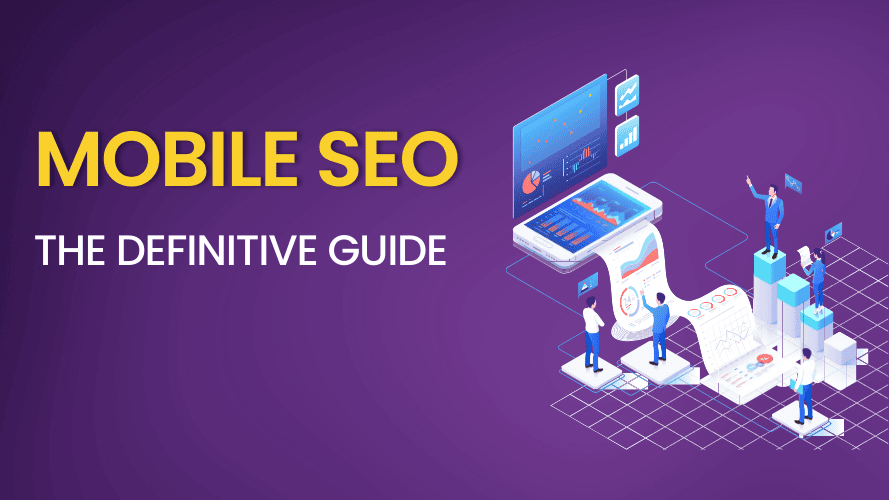
For app titles, aim for around 30 characters or less to ensure that your full title displays in search results. For descriptions, you have up to 4,000 characters to work with, but focus on crafting concise, compelling copy that highlights your app’s unique value proposition.
4. How many screenshots should I include in my app store listing?
Both the App Store and Google Play allow you to include up to 8 screenshots (10 for iOS apps with landscape mode). Aim to include at least 4-5 screenshots that showcase your app’s key features and benefits.
5. Can ASO really impact my app’s downloads and revenue?
Absolutely! As the case studies in this guide show, a well-executed ASO strategy can drive significant increases in app downloads, rankings, and revenue. By making your app more easily discoverable and compelling to
